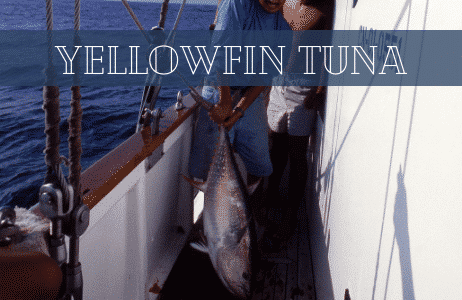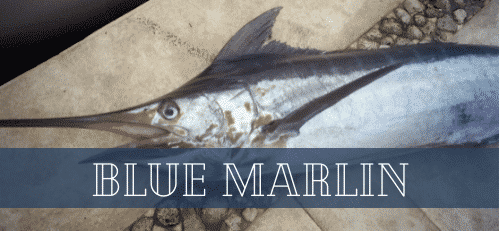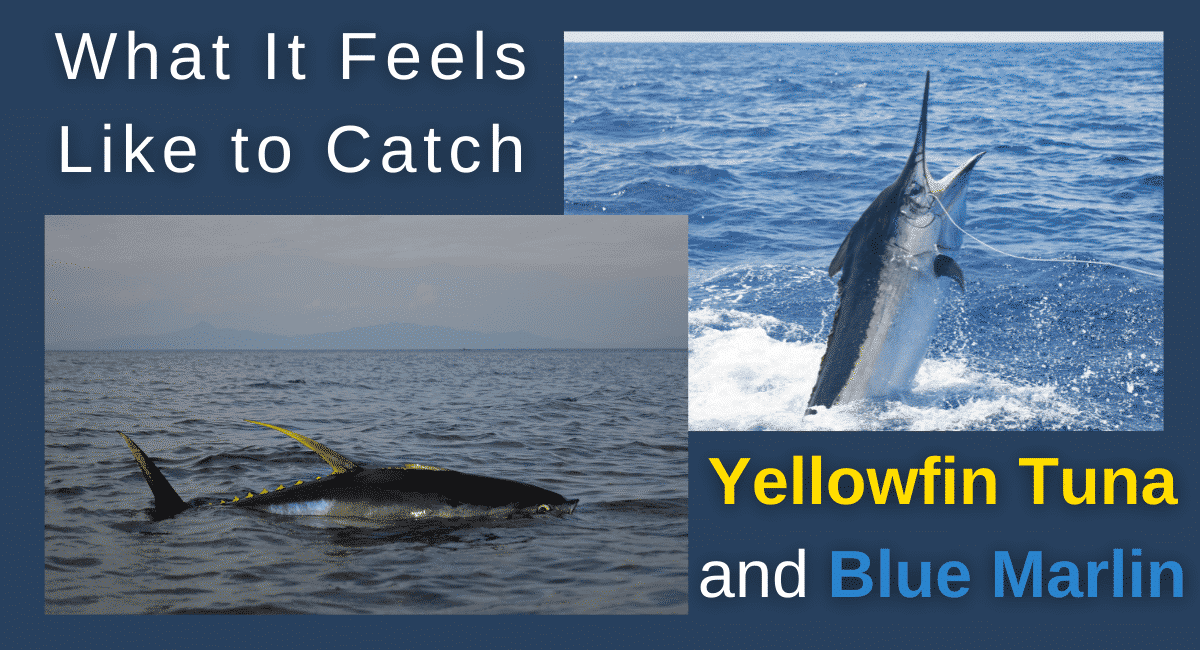What does it feel like to land a big blue marlin or yellowfin tuna? Imagine the feeling of your rod bending with such force that you can barely hold onto it. You know what’s coming, but there’s nothing you can do about it! The reel starts screaming and then all of a sudden there is an explosion on the other end. A battle with big fish like these is something no fisherman will soon forget.
About Yellowfin Tuna
Yellowfin tuna are found along tropical and subtropical waters near coasts all over the world (except in the Atlantic Ocean), with the Gulf of Mexico being some of the most prime territories for yellowfin tuna fishing in the entire hemisphere.
Living up to 7 years, they can be more than twice as heavy as the largest cod, which only weighs half of that. With the average adult Yellowfin weighing around 250 pounds, they make for a serious fight when they’re on your line.
Although not easy, learning how to land a Yellowfin Tuna can be quite rewarding because they taste great. Their meat will melt in your mouth and you’ll want more. It has been said that their meat was so tasty that pirates used to serve them to captains before a battle started because it gave them strength for fighting!
Catching Yellowfin Tuna in the Gulf of Mexico

Yellowfin tuna are extremely fast and powerful, so it is important that you have a sturdy fishing rod when you go head to head with these giants. When yellowfin tuna strike at your bait, they do so with such force that even if your tackle is strong enough to hold the fish, it can snap your tackle in half with that initial moment.
Indeed, reeling in a yellowfin can take from 30 minutes to three hours, making it a true contest of wills between man and fish. Perhaps this is one of the reasons they are a favorite among offshore fishing charters.
That said, yellowfin tuna make great sport on the rod and reel. They put up a great fight when they are hooked, and you will love every second of it!
About Blue Marlin
The blue marlin is a game fish found in tropical and temperate waters around the world, but the Gulf of Mexico is where some of the biggest, fiercest marlin call home. The Atlantic blue marlin live more than 25 years, weigh up to 210 pounds, and are among the fastest of all billfish, all of which make for a serious showdown when you hook one on the open water.
Catching Blue Marlin in the Gulf of Mexico

The open water of the Gulf of Mexico is prime territory for blue marlin due to its warm, billfish-friendly temperatures. The baitfish populations will draw the larger, hungry marlin into your fishing area as they cruise through with their mouths wide open. When they see a school of fish or other tasty treats like squid or mackerel, it’s dinner time and you’ve got yourself a live one!
If you don’t have experience in sportfishing before, then learning how to catch blue marlin may seem very difficult, but with a bit of patience and some strong, quick reactions to their bite on your line, even an amateur may have a chance of conquering this king of the sea.
When a marlin bites your line, you will feel a very strong pull. As soon as you feel this, reel up to reduce the strain on your line. Try and keep the line tight so that it’s not too easy for them to spit out the bait. In the ensuing tug of war, which can last up to 45 minutes, you will be locked in a struggle of wills against this gargantuan fish. As you slowly bring him in, he will try to rip your rod from your hands, but with a bit of dexterity and determination, you’ll be able to bring him in!
The Thrill of Catching Yellowfin Tuna and Blue Marlin
It is sometimes hard to explain to people who haven’t fished before what it is like to grapple with giant fish like these. From the first pull on the line to the sometimes hours-long grudge-match, with each combatant trying to tire the other out, to the final few yards of line when you land him, catching yellowfin and marlin feels like a brutish throwback to early human civilization: man against nature.
Fishing from your offshore fishing boat with the salt of the water spraying in the air, the whining of your taught line, and the slaps of the fish’s tail when it surfaces, there is nothing in the world that can make you feel more alive.




